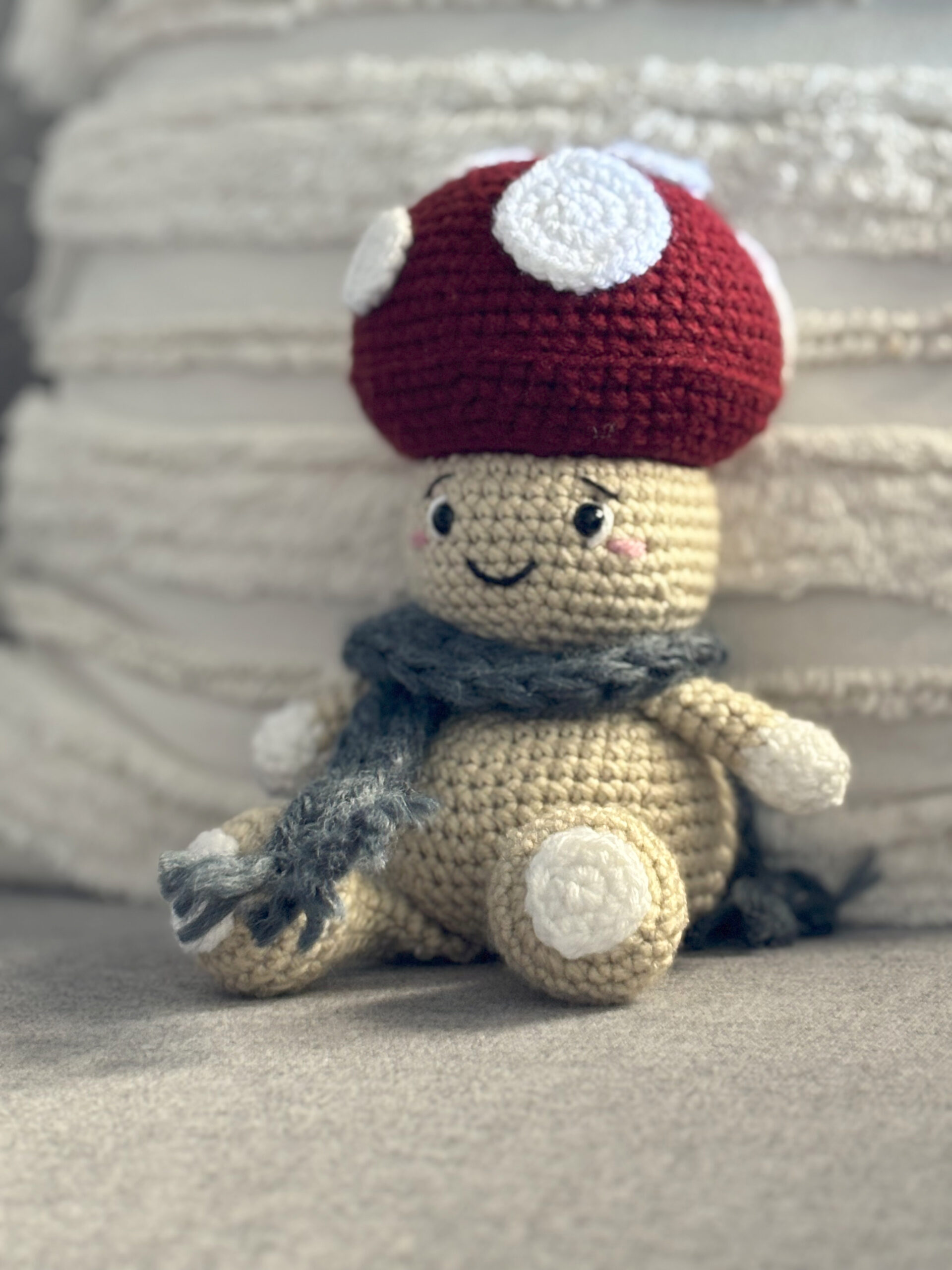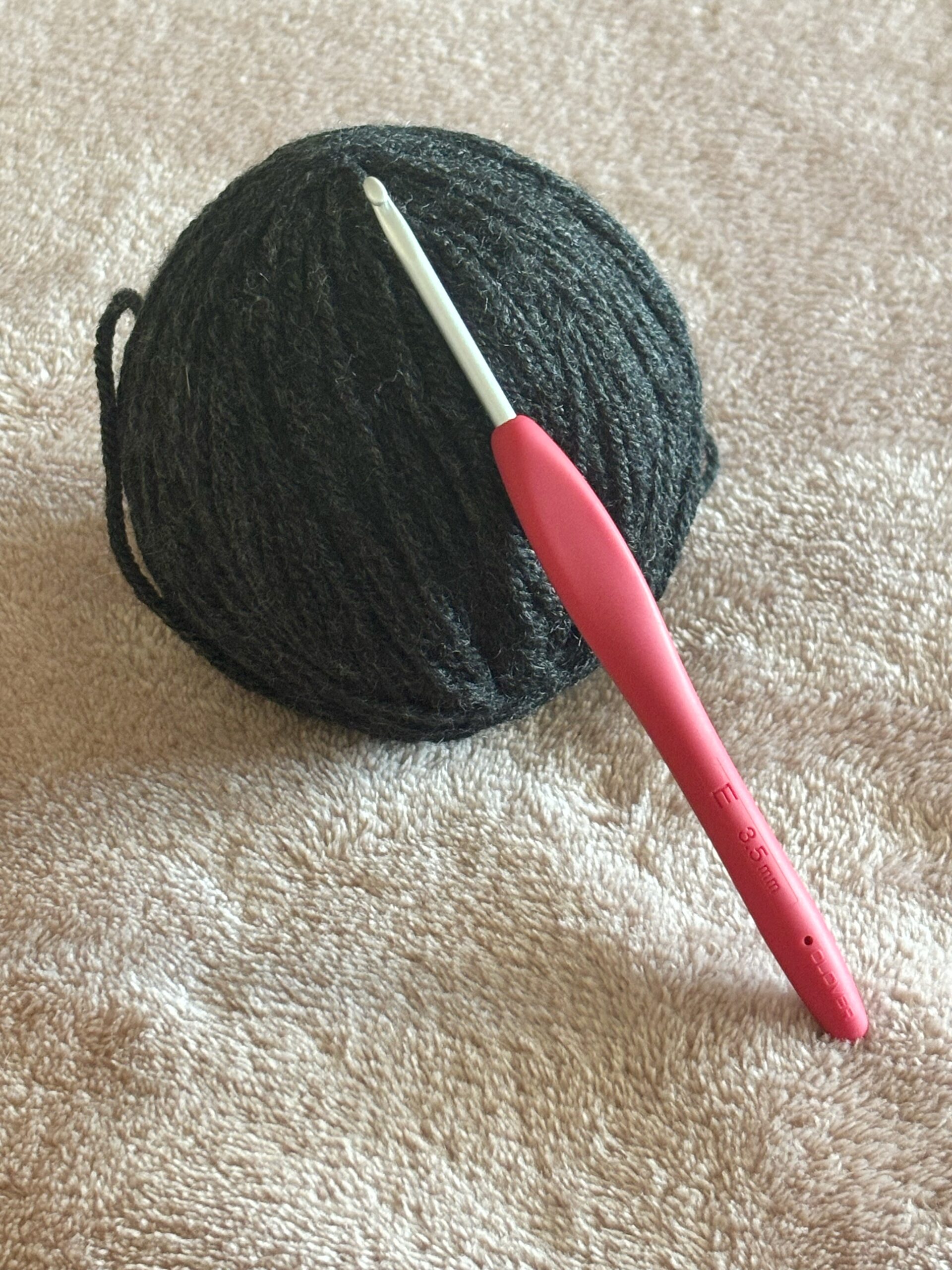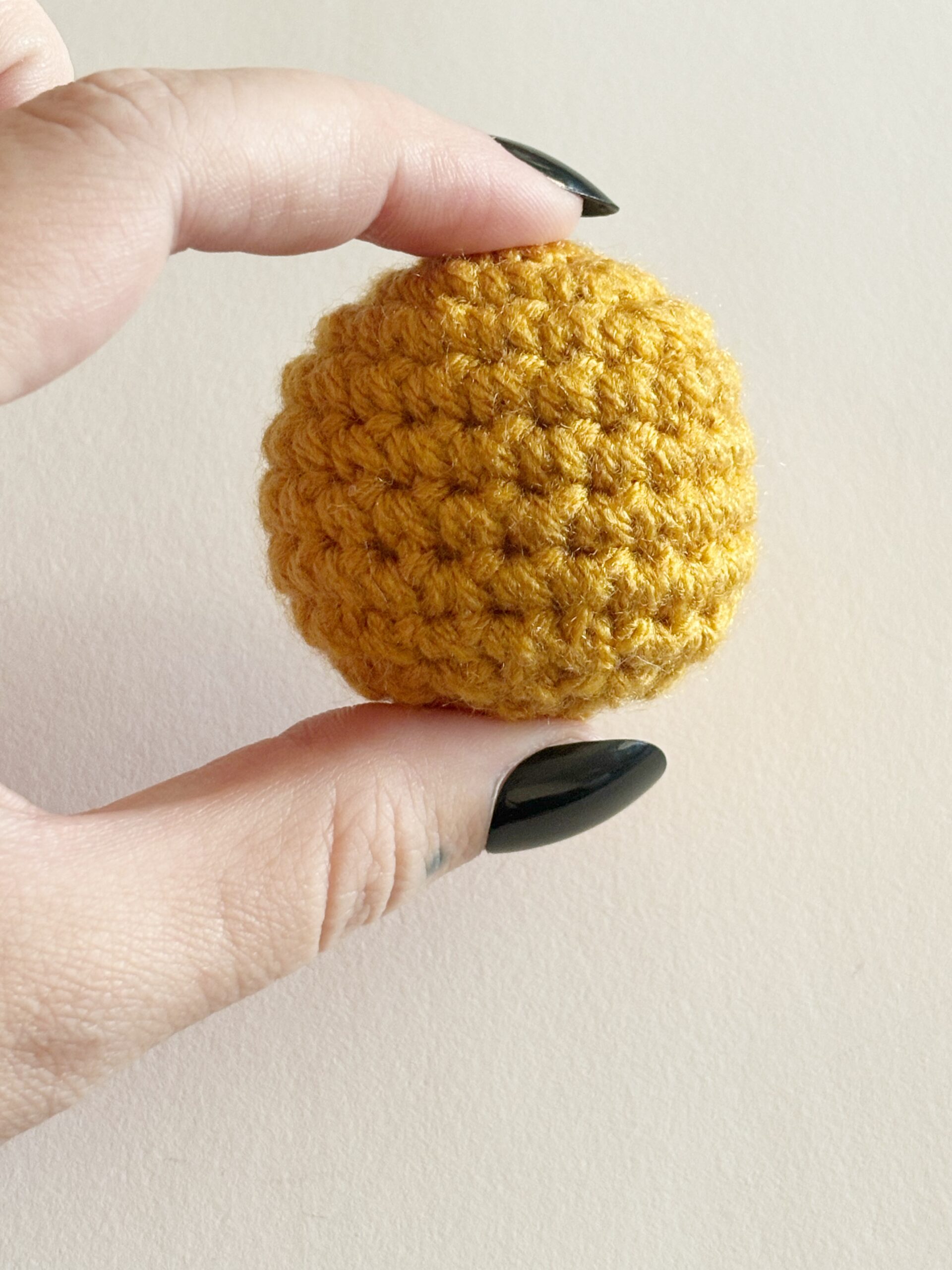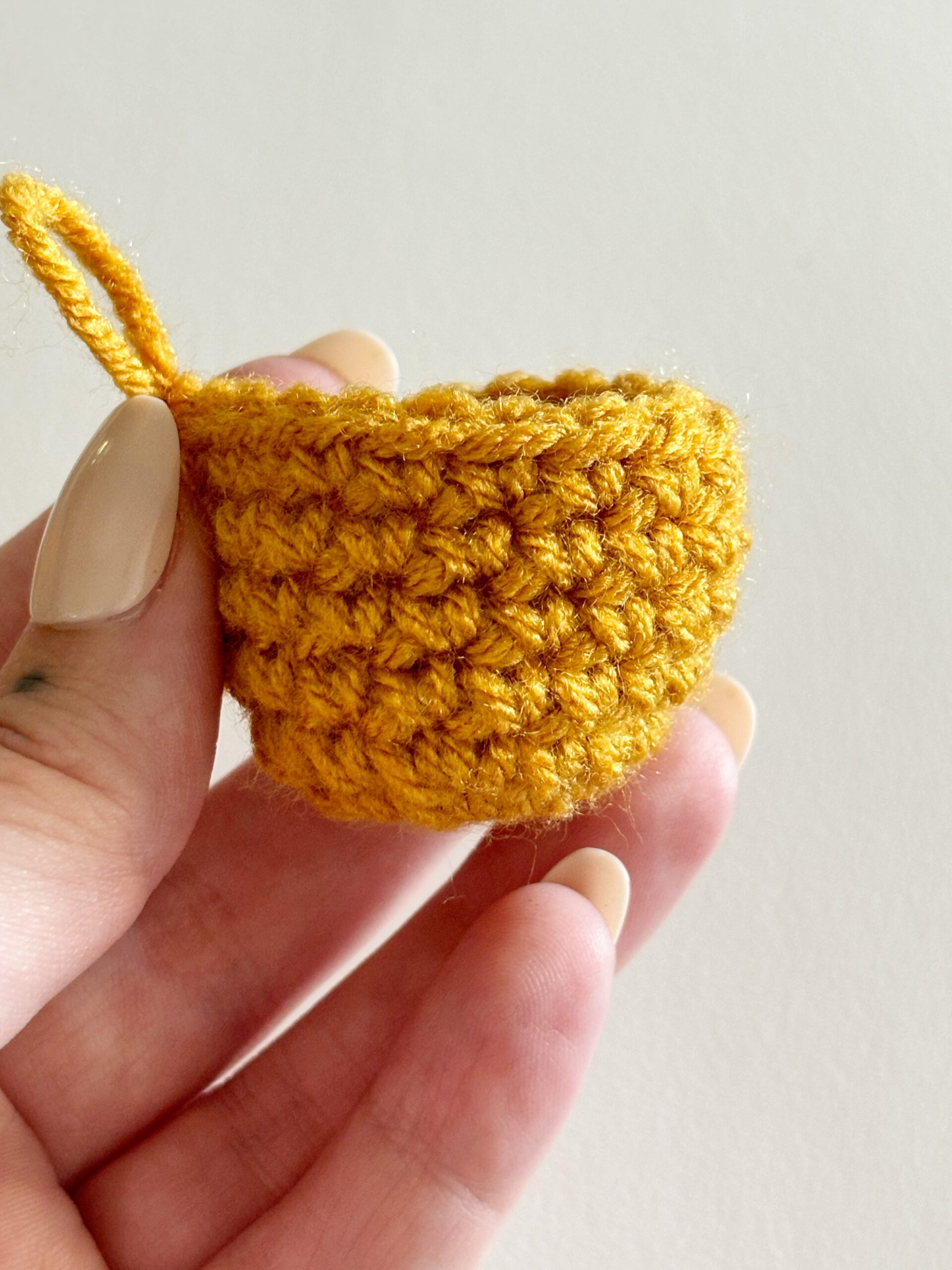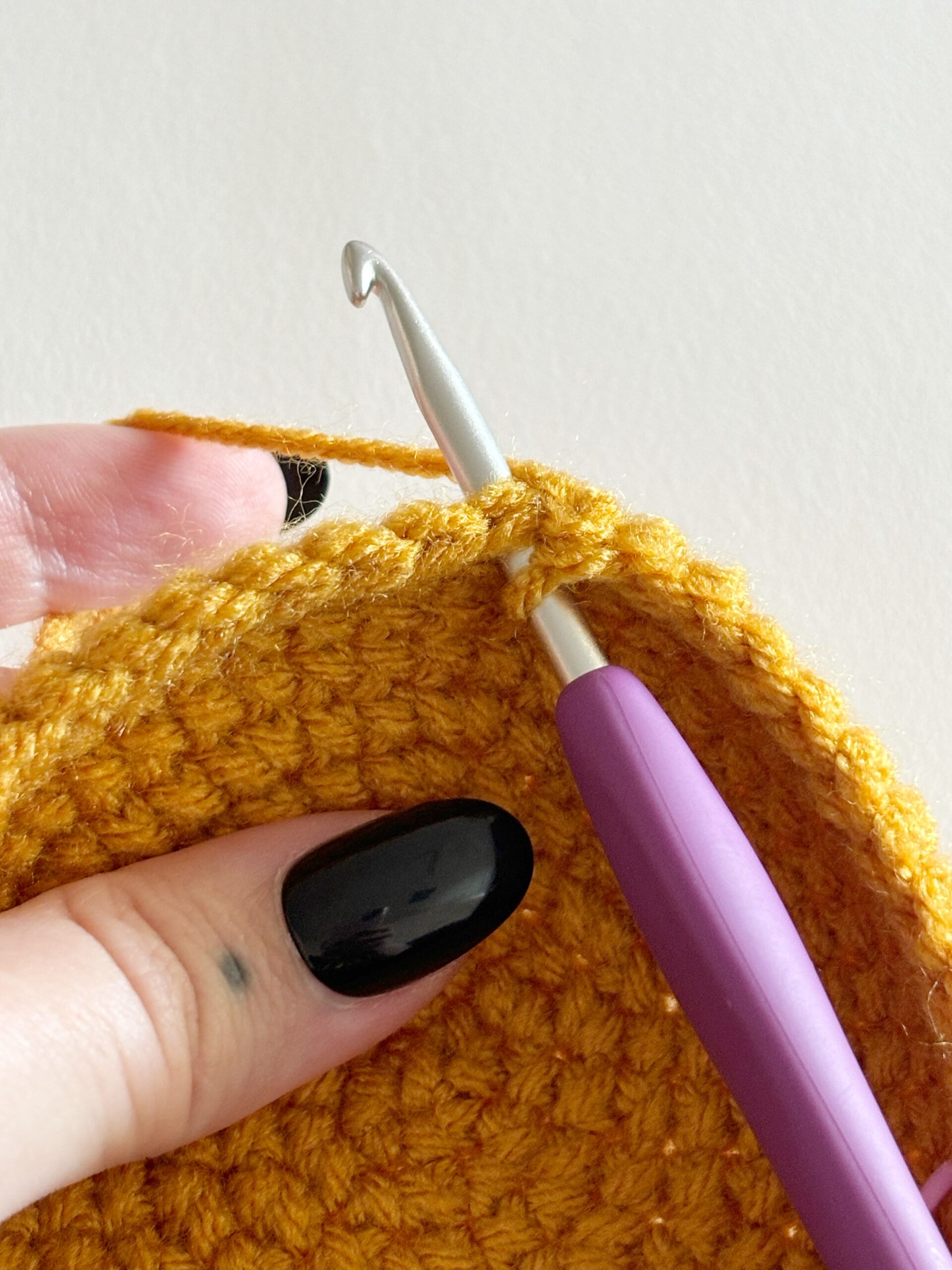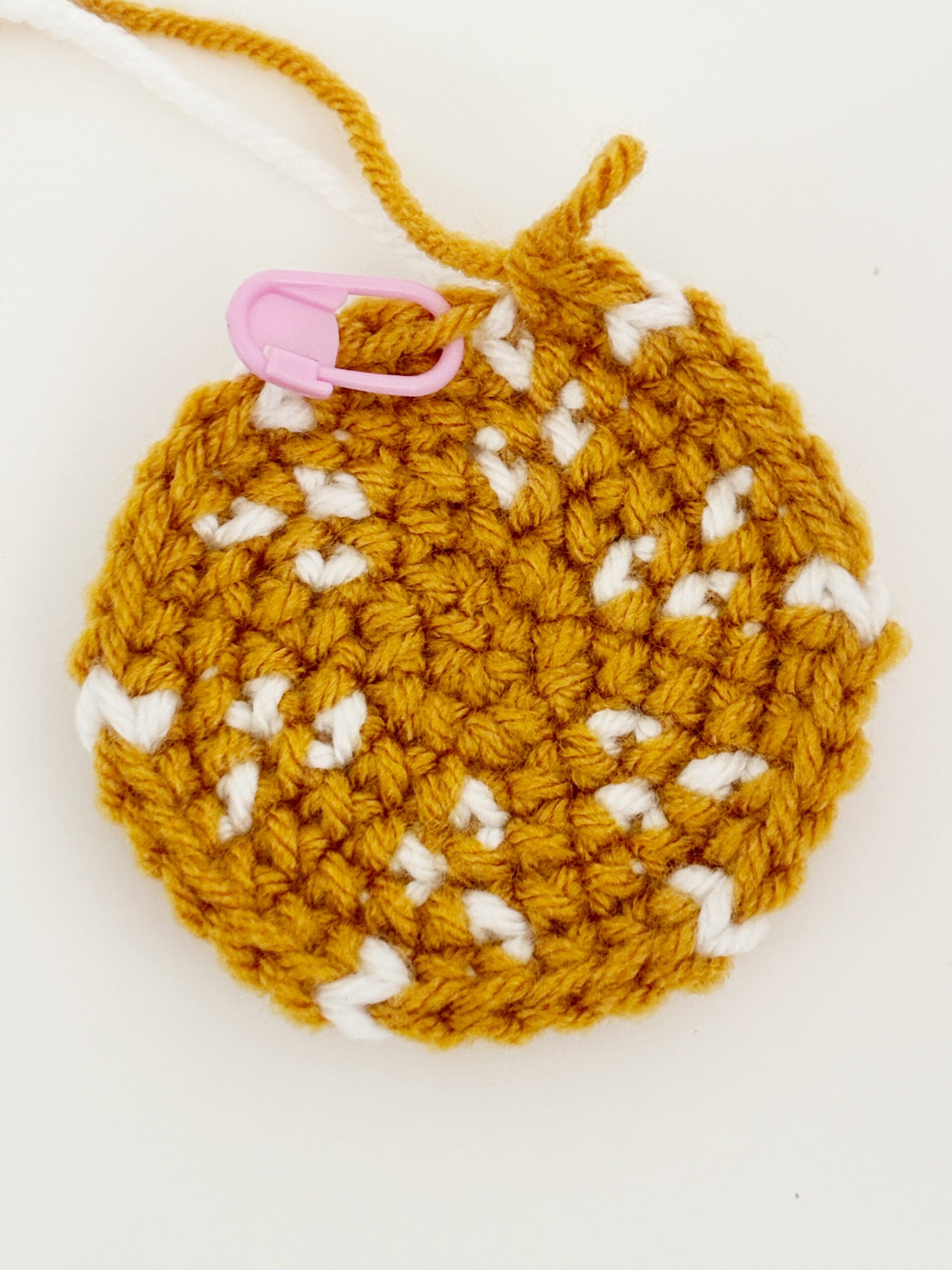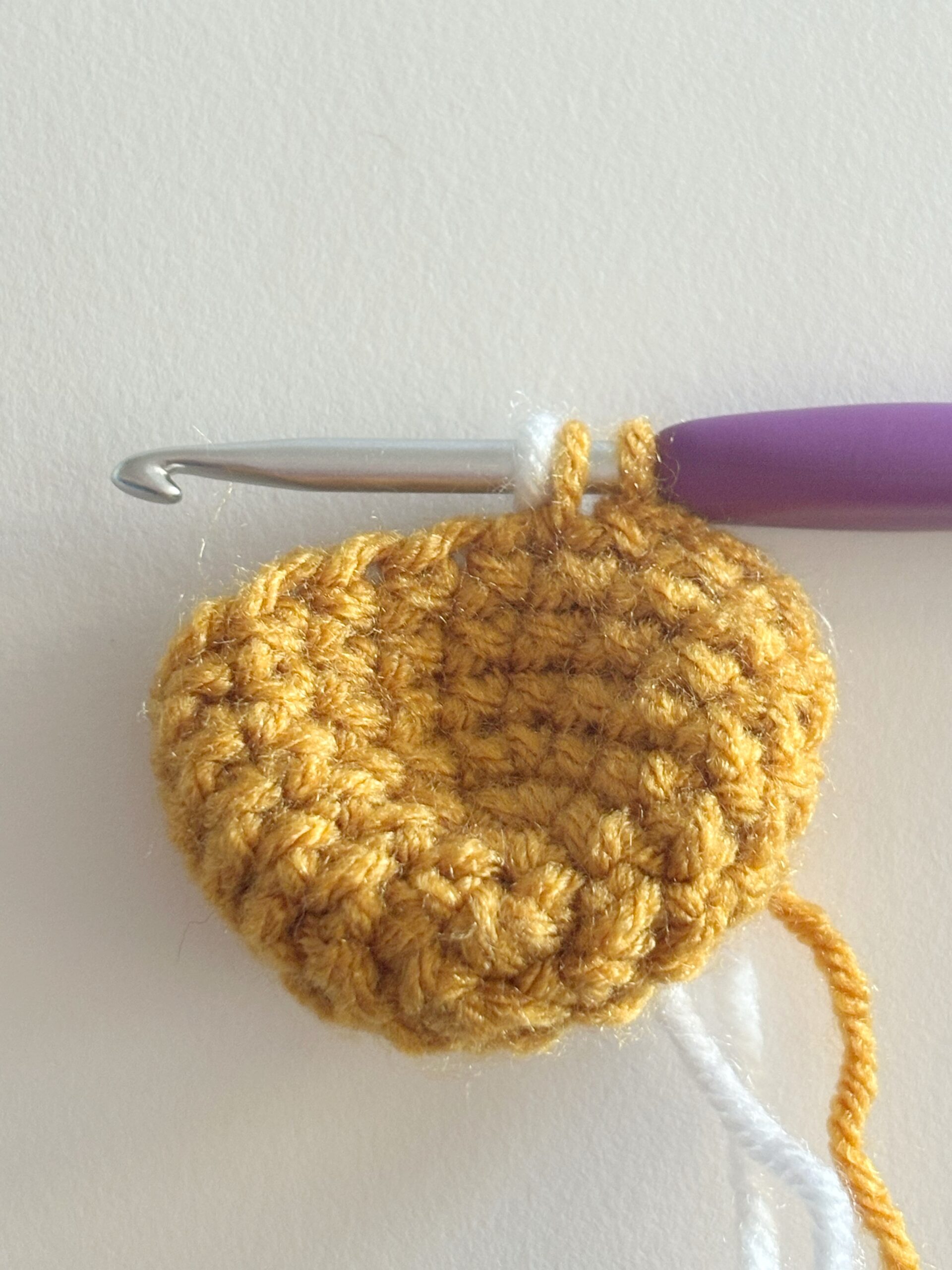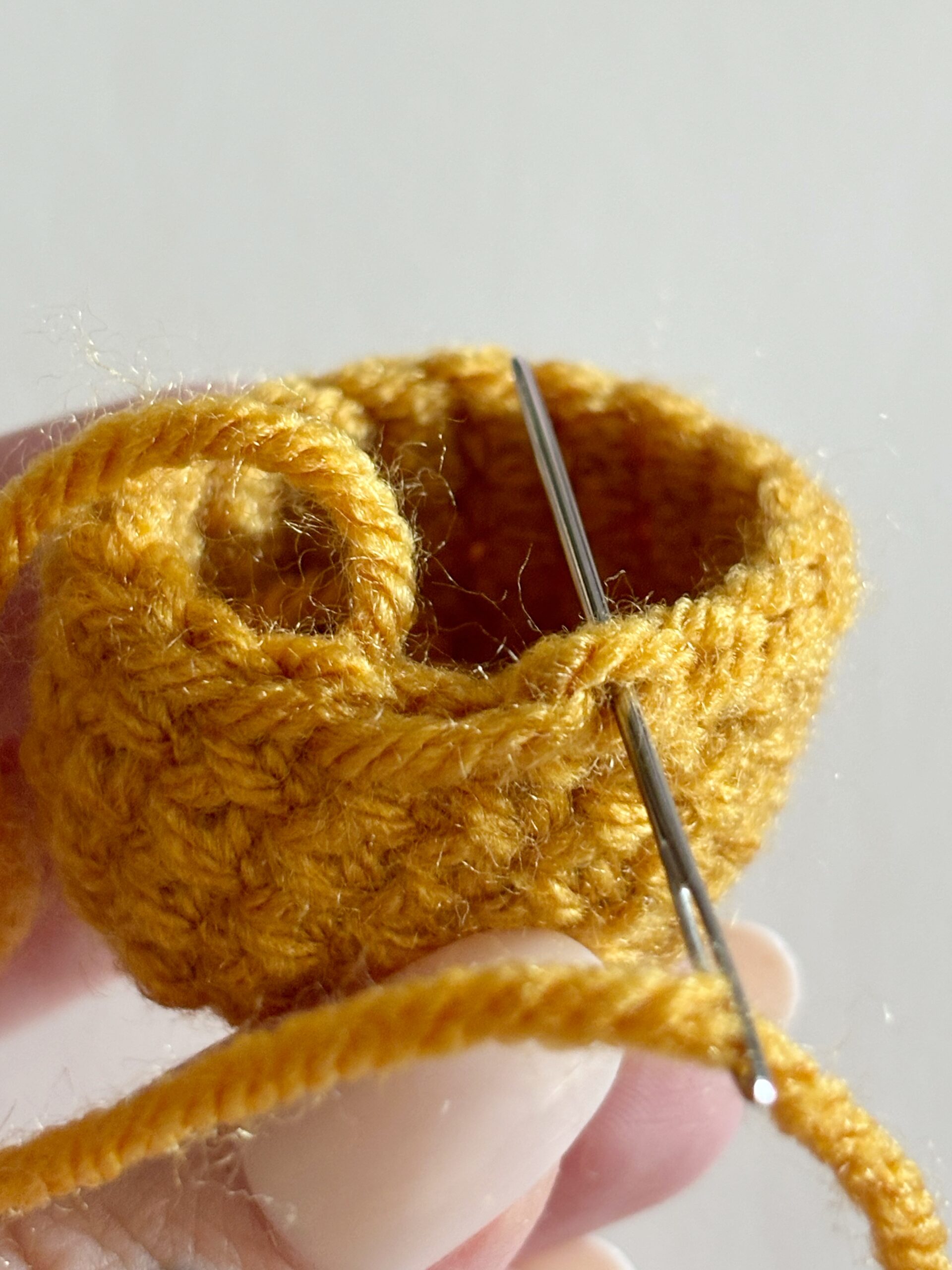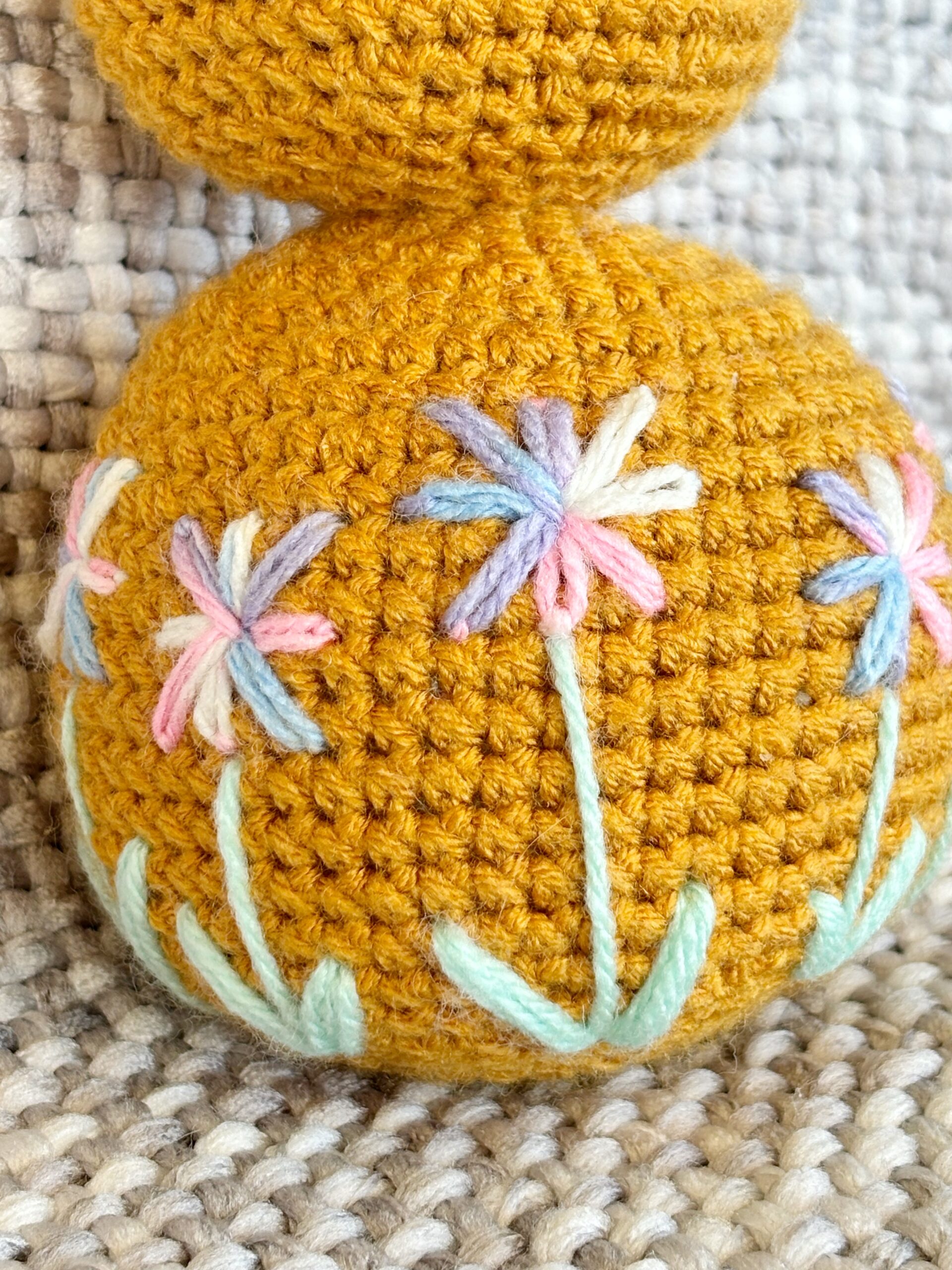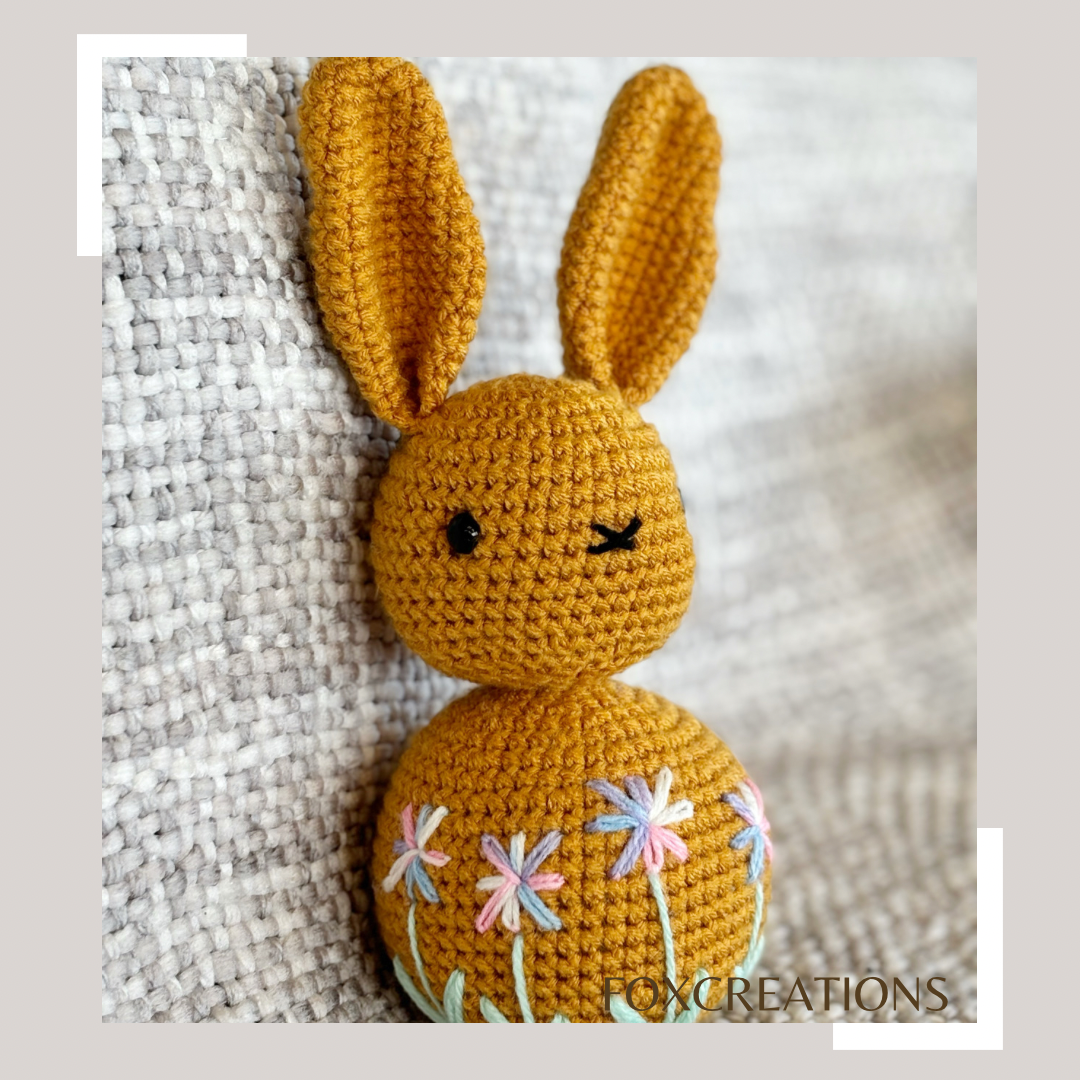
How to Sew Crochet Pieces Together
Getting proficient at how to sew crochet pieces together, in particular your amigurumi, takes lots of practice… but it’s worth it!
This guide will give you a few tips on how to sew different parts of your amigurumi creations together.
We suggest that you watch a few videos as different creators will have their own techniques. Experiment with working through 1 loop, both loops, or even between single crochet stitches to hide seams or make them a cute feature. You can use the Basic Sewing Stitch (back and forth) or experiment with a Whip Stitch (around and around).
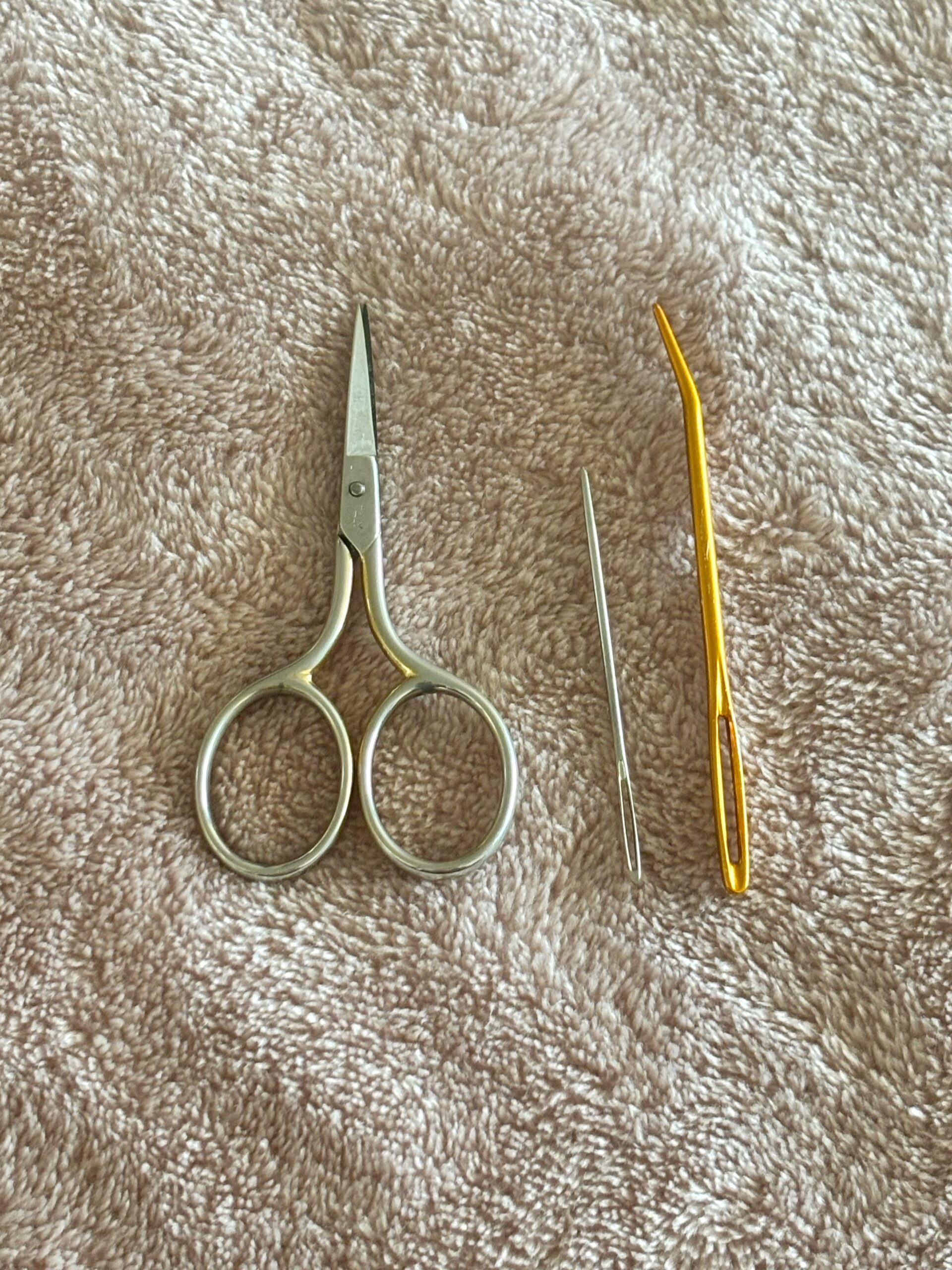
Sewing Essentials for How to Sew Crochet Pieces Together
- Yarn Needle: Choose a blunt tapestry needle with an eye large enough to accommodate your yarn.
- Yarn: Use yarn in a matching colour to your amigurumi pieces. You can often use the yarn tail from the finished pieces.
- Scissors: Keep a pair of sharp scissors handy for snipping yarn ends.
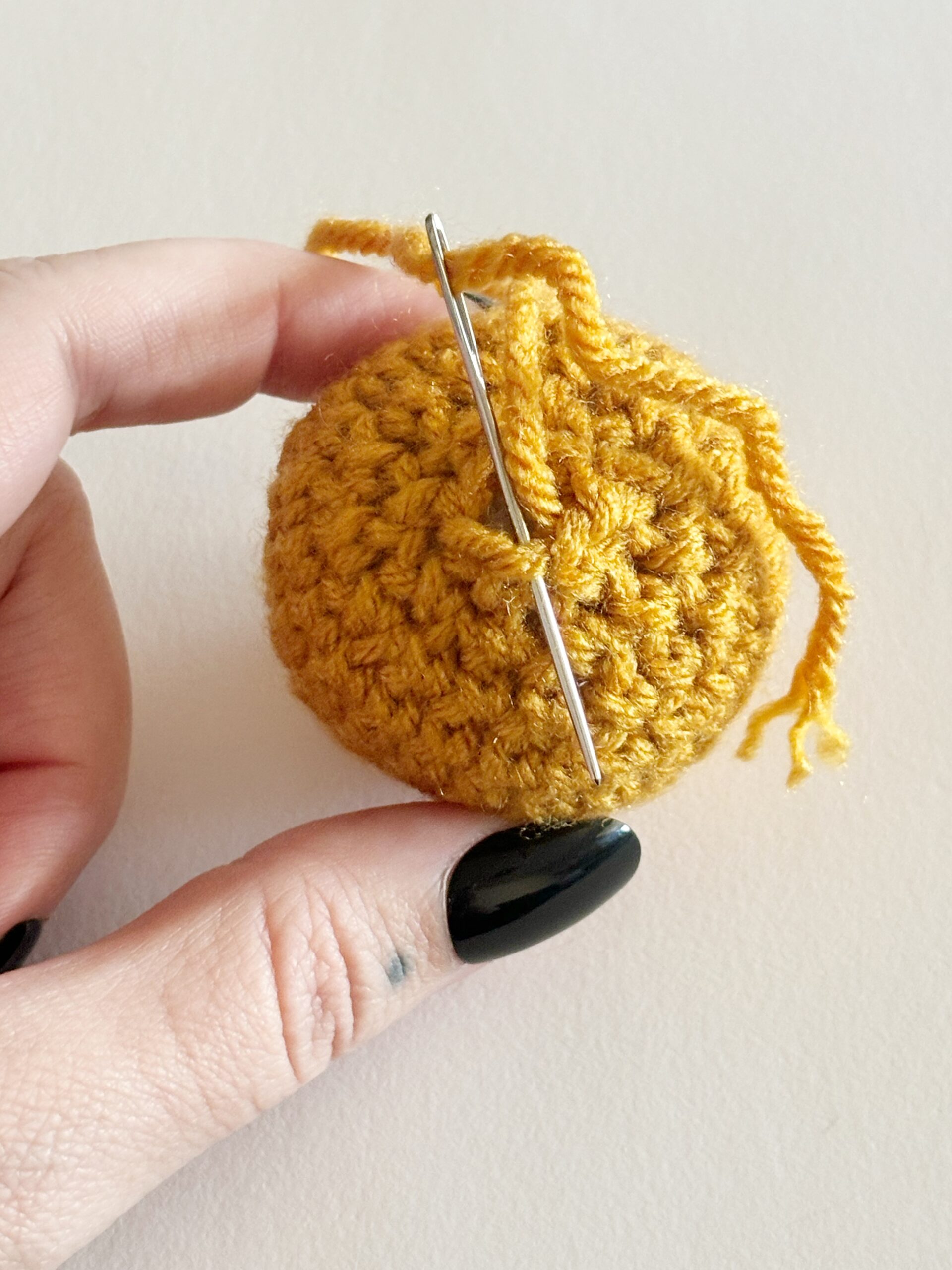
Sewing Techniques
There are two key sewing techniques for amigurumi assembly, with slight variations depending on the pieces you’re joining:
Basic Sewing Stitch: Insert your needle under a loop, both loops, or the stitch of one piece, then under a corresponding loop, etc of the other piece. Pull your yarn snug (but not too tight), then repeat, weaving your needle back and forth between the two pieces to create a secure seam.
Whip Stitch: Insert your needle under a loop, both loops, or the stitch in one piece, then under a corresponding loop, etc of the other piece. Pull the yarn snug (but not too tight), and repeat, weaving the needle over and over to create a visible seam.
It can be difficult to describe the actions of sewing. We recommend having a look at some YouTube videos if you need help visualising the process.

Tips on How To Sew Crochet Pieces Together
- Follow the instructions in the pattern for placement and any sewing tips.
- Use the tail left over when completing the pieces to sew them together.
- Pin the pieces (before sewing) with long sewing pins to get them in the right position and hold them while you’re sewing.
- Pull your stitches snug, but not too tight, to prevent warping your amigurumi.
- Hide yarn tails securely within the amigurumi by pulling the yarn through the piece (like a body) and out a random gap between stitches a few times.
- Practice sewing on swatches before tackling your amigurumi project.
Below is a short breakdown of sewing techniques for different amigurumi situations that help you understand how to sew crochet pieces together:

Sewing Two Open Pieces Together:
Line up your pieces and pin them in place using sewing pins.
Make sure that both pieces have been stuffed well with polyester filling.
Simply sew along the open edges of both pieces (either under both loops, 1 loop, or between the gaps of the final rounds), using the Whip Stitch (weaving in the top and then bottom, and then through the top and bottom again).
Stop half way and add more filling to the both pieces. This will help eliminate wobbly necks.
Finish sewing the rest of the round in the same way as you started.
Tip: If the neck of your piece is still floppy, fold a pipe cleaner in half a couple times. Push the pipe cleaner into the middle of the two pieces to create a wire reinforcement “spine”. Sew up as per the instructions above. This technique isn’t recommended if the amigurumi will be given to a child under the age of 3 years.
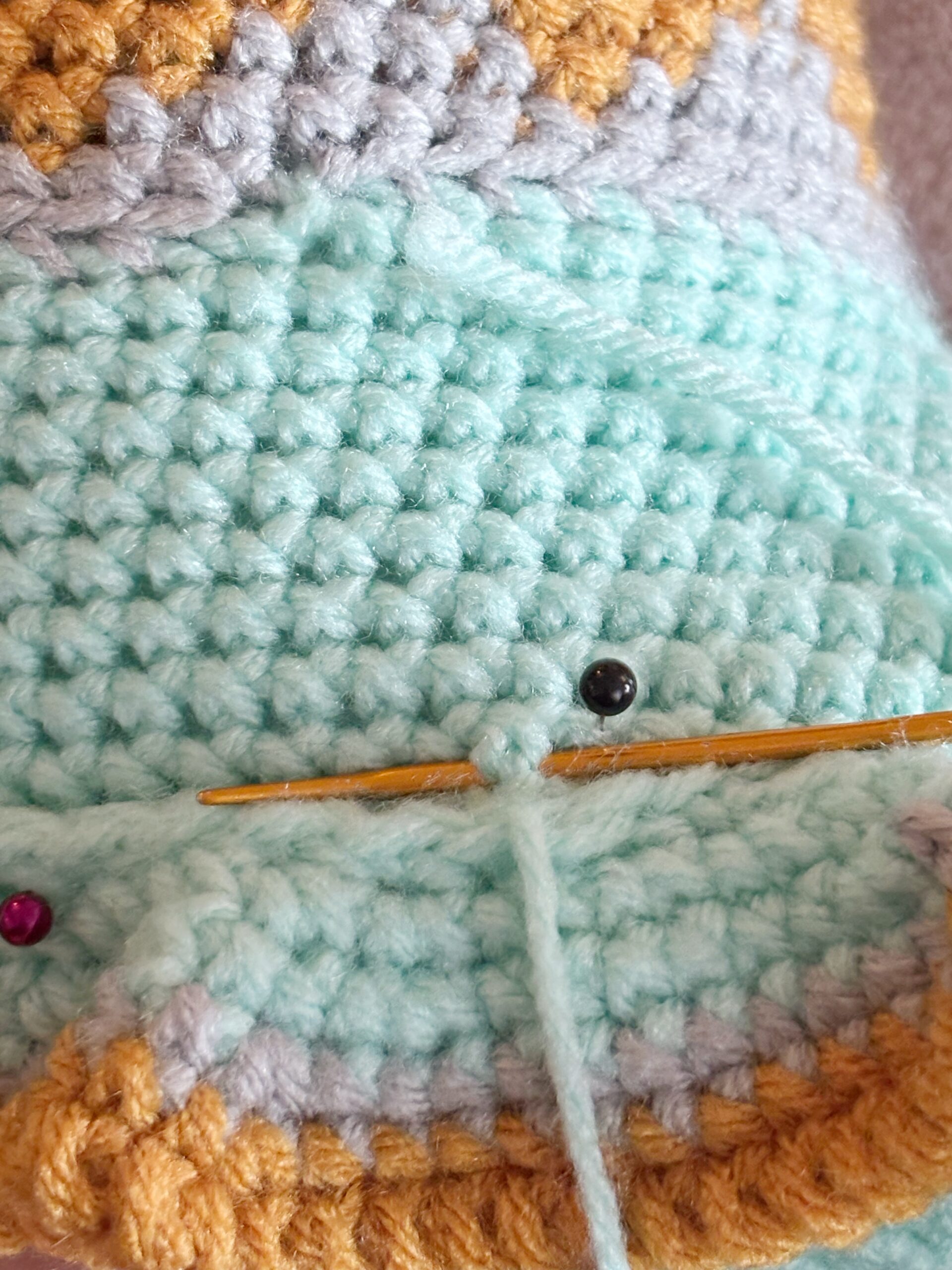
Sewing Two Closed Pieces Together:
Pin the pieces together, and take note of the two rounds where the pieces meet (this is where you’ll be sewing).
If you don’t have a yarn tail to sew with, cut a piece of corresponding coloured yarn 2 to 3 times the length of the seam you’ll be sewing.
Since there are no open loops of the stitch to work through, you’ll be working in the gaps between the stitches. You can create a hidden seam by using the Basic Sewing Technique, working into one stitch and then into the corresponding stitch on the second piece (in and out rather than around and around to hide the stitching.
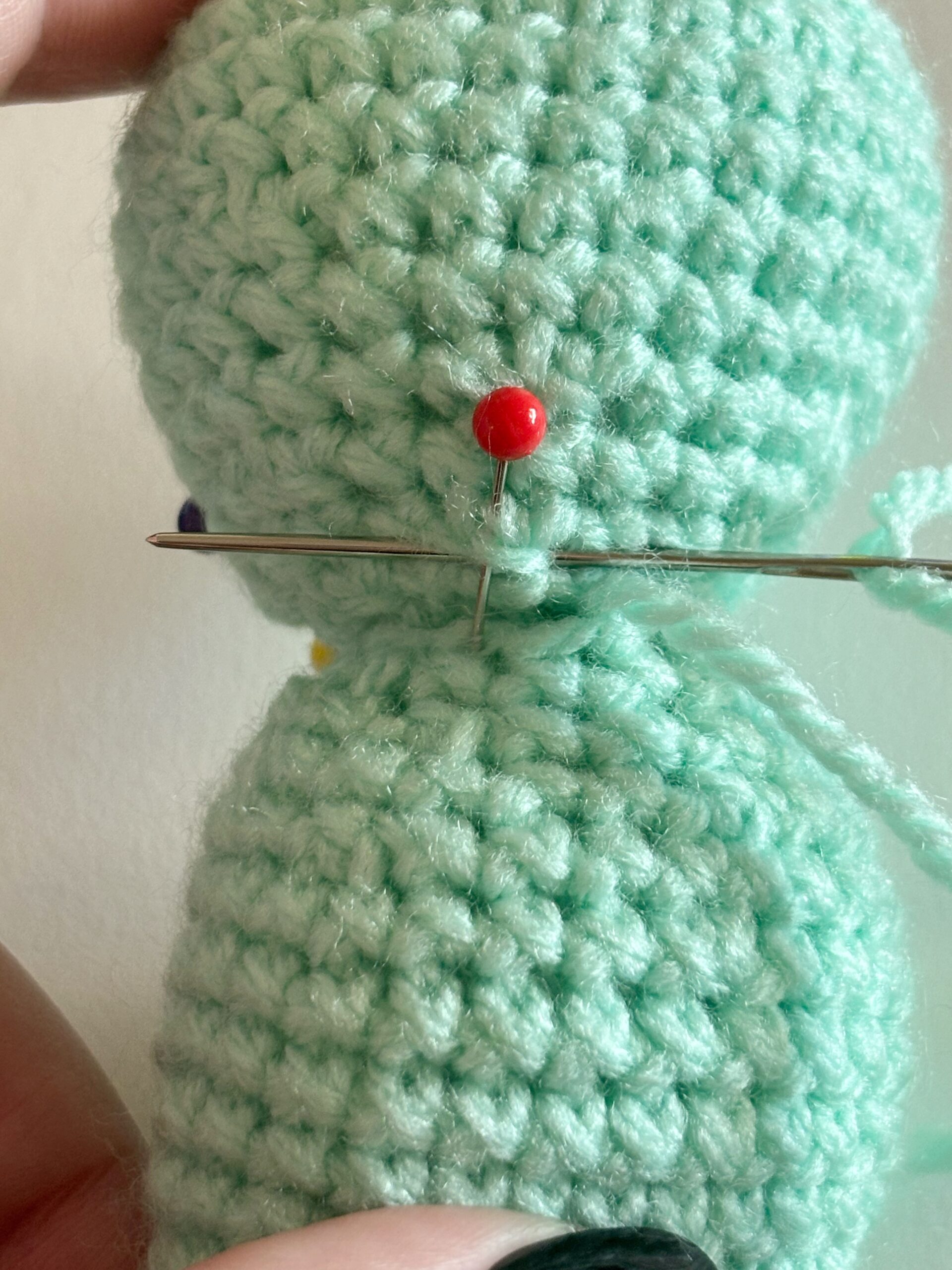
Sewing One Closed Piece and One Open Together:
Pin the closed piece to the open piece and note the round where the two pieces meet on the closed piece.
Make sure that the open piece has been stuffed well with polyster filling.
Sew half way around the opening, working under 1 or both loops of the open piece and into the gaps between the single crochet stitches of the closed piece.
Stop and add more filling to the open piece. This will help eliminate wobbly necks.
Finish sewing the rest of the round in the same way as you started.
Tip: If the neck of your piece is still floppy, fold a pipe cleaner in half a couple times. Push the pipe cleaner into the middle of the open piece and through 1 or 2 gaps in the closed piece to create a wire reinforcement (make sure your head is level and in the correct position). Sew up as per the instructions above. This technique isn’t recommended if the amigurumi will be given to a child under the age of 3 years.
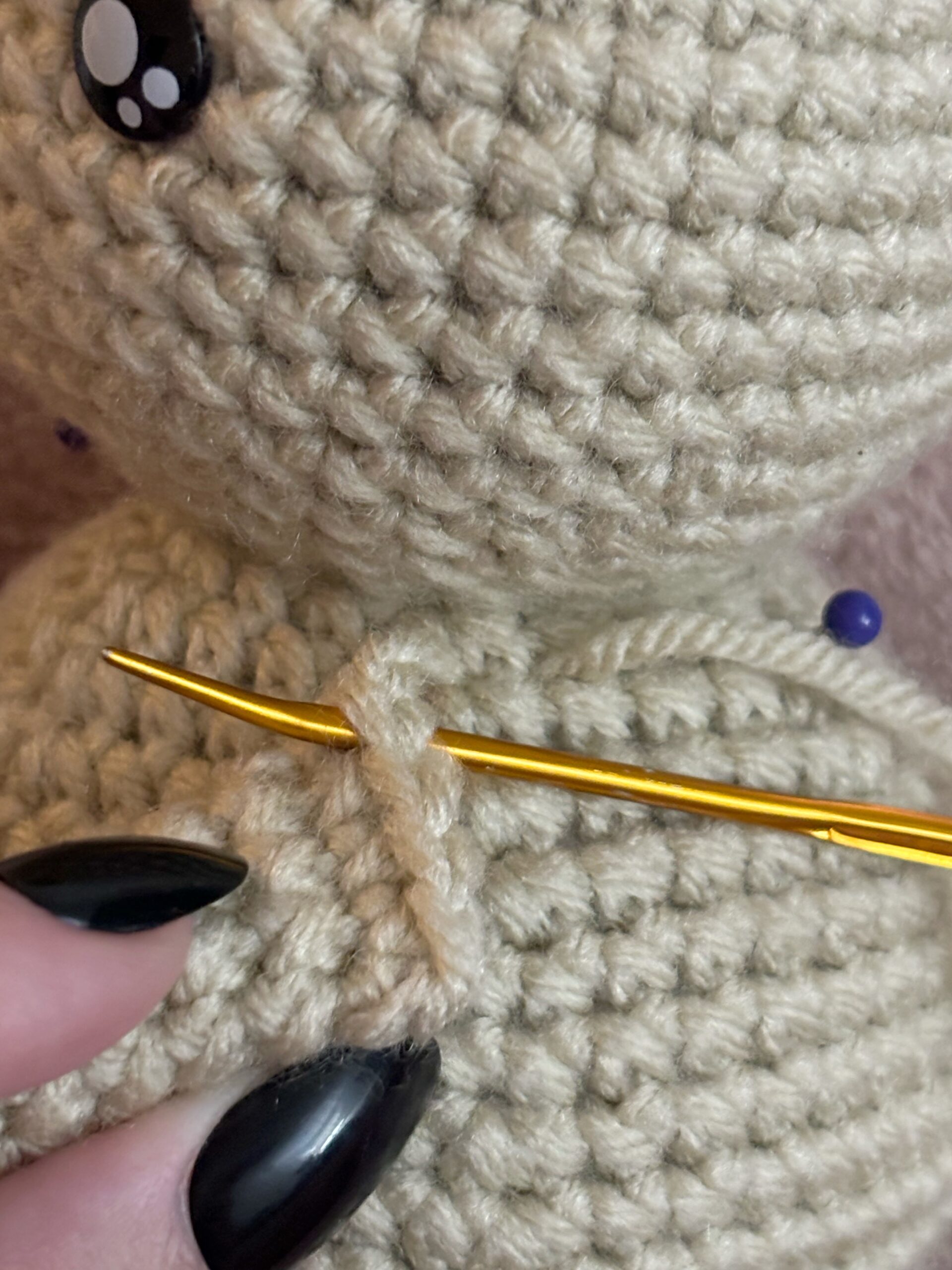
Sewing on Arms/Legs:
Pin the arms or legs in place. Pick up the amigurumi and practice making it sit / stand so that you know your pieces are placed correctly.
Using the tail from the limb, put the needle through the gaps between the rounds of the body, then back through the last stitch of the arm. Continue along the length of the limb, working in and out of the stitches and then back into the body to create a nearly insivible seam. You can also use a Whip Stitch if you’d prefer.
When you’re finished, push the needle through the body and out a random gap between stitches in the back of the piece. Repeat for the other limb (making sure they’re matched up and you’re using the same technique). When you have the two tails sticking out the back, double tie them together, snip, and push the ends inside the piece.
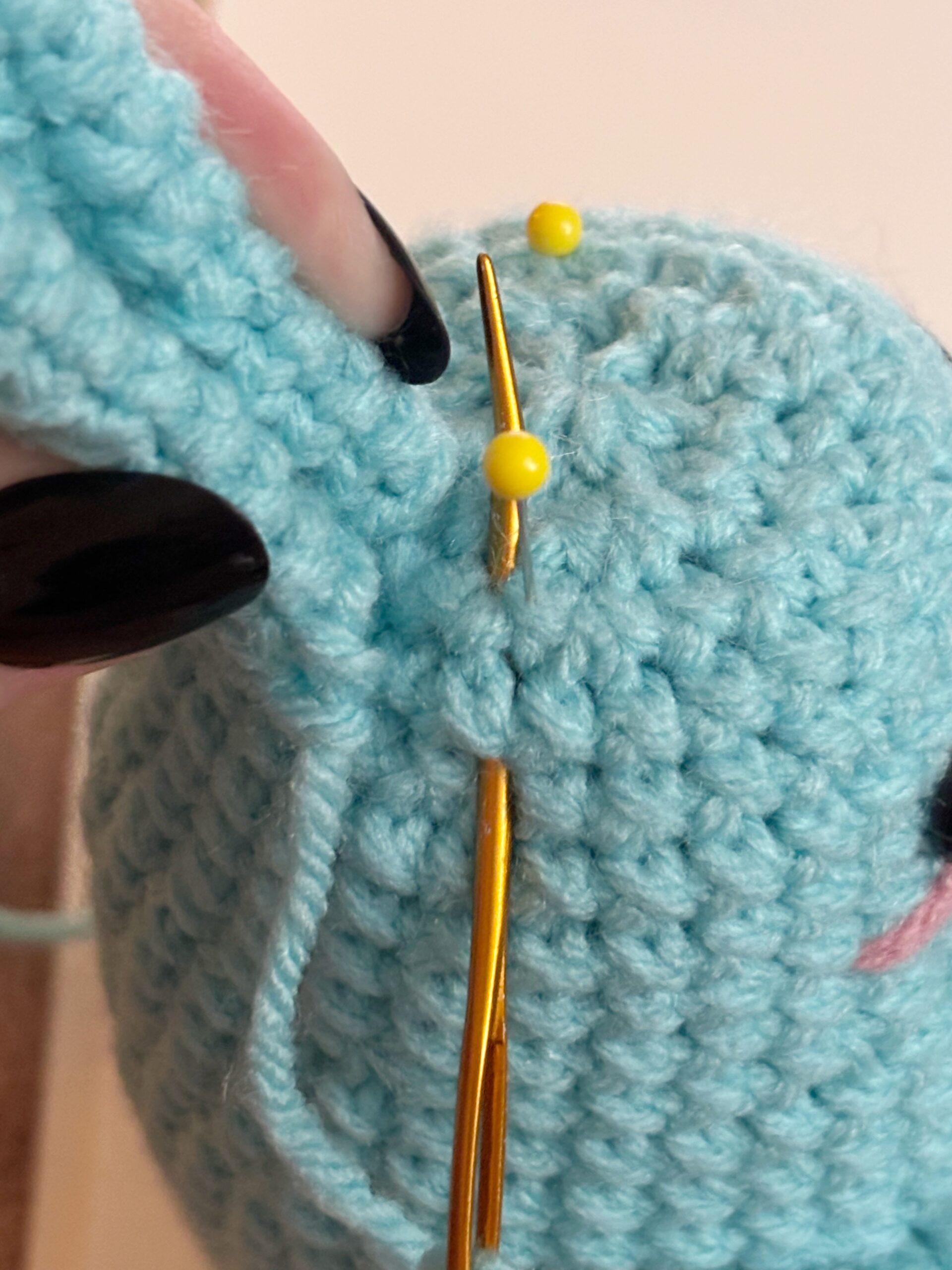
Sewing on Ears:
Ears can be tricky to get right because it’s very obvious when they’re not centred correctly. Use your sewing pins to make sure the ears are in the right place, then use the tail to work between the loops of the ear and closed stitches of the head, around and around using the Whip Stitch.
Sometimes it can be helpful to sew the ear to the head once, and then go back and sew along the ear/head again to create extra hold.
Take your time and use the pins to help guide your stitches.
Don’t get discouraged if your amigurumi limbs look a bit wonky when you’re starting out. This is another technique where practice will help you improve on how to sew crochet pieces together!

